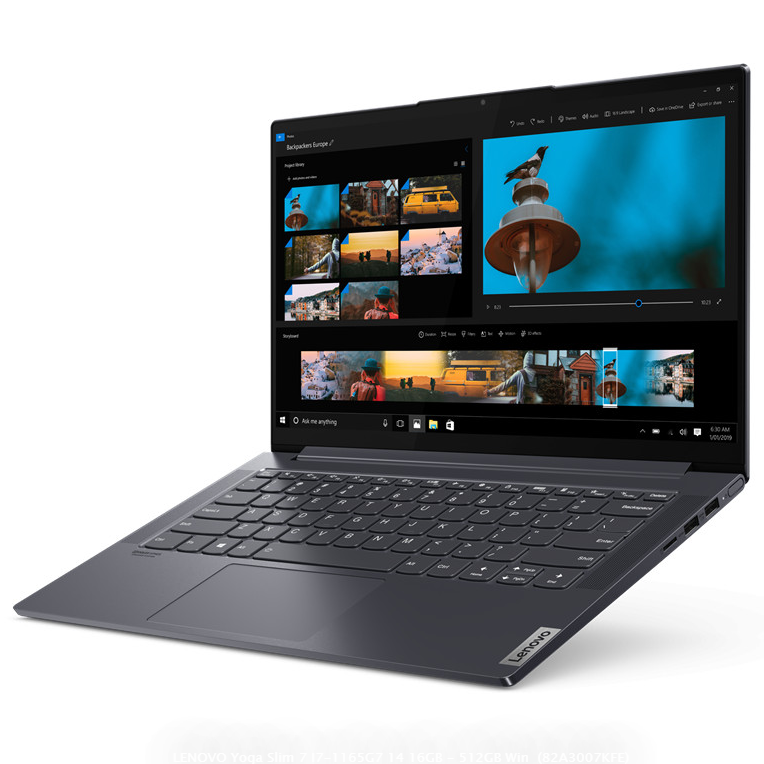Blue House Computer Help
Active Member
- Reaction score
- 30
- Location
- Cambridge, UK
I have a Lenovo Yoga 7 laptop (recent model) that won't start up at all. It just fires up the fans and keyboard backlight, and flashes the white power led three times quickly. Then it shuts of and does it again on loop. Nothing on screen even when hooking up an external monitor to the hdmi port.
Could it be that the power button is stuck pressed down? It's one of those weird side mounted power button that Lenovo do for their yoga's, but it doesn't feel like it has any play when I press in it. I opened the laptop up to have a look, but it would take a lot of tearing down to find out, and they just wanted basic analysis so far.
I tried it with the SSD removed (power light flashes 3 times quickly then 3 times slowly) , and the ram is soldered in, but it didn't do anything more.
Ring a bell? Or any other thoughts?
Could it be that the power button is stuck pressed down? It's one of those weird side mounted power button that Lenovo do for their yoga's, but it doesn't feel like it has any play when I press in it. I opened the laptop up to have a look, but it would take a lot of tearing down to find out, and they just wanted basic analysis so far.
I tried it with the SSD removed (power light flashes 3 times quickly then 3 times slowly) , and the ram is soldered in, but it didn't do anything more.
Ring a bell? Or any other thoughts?

